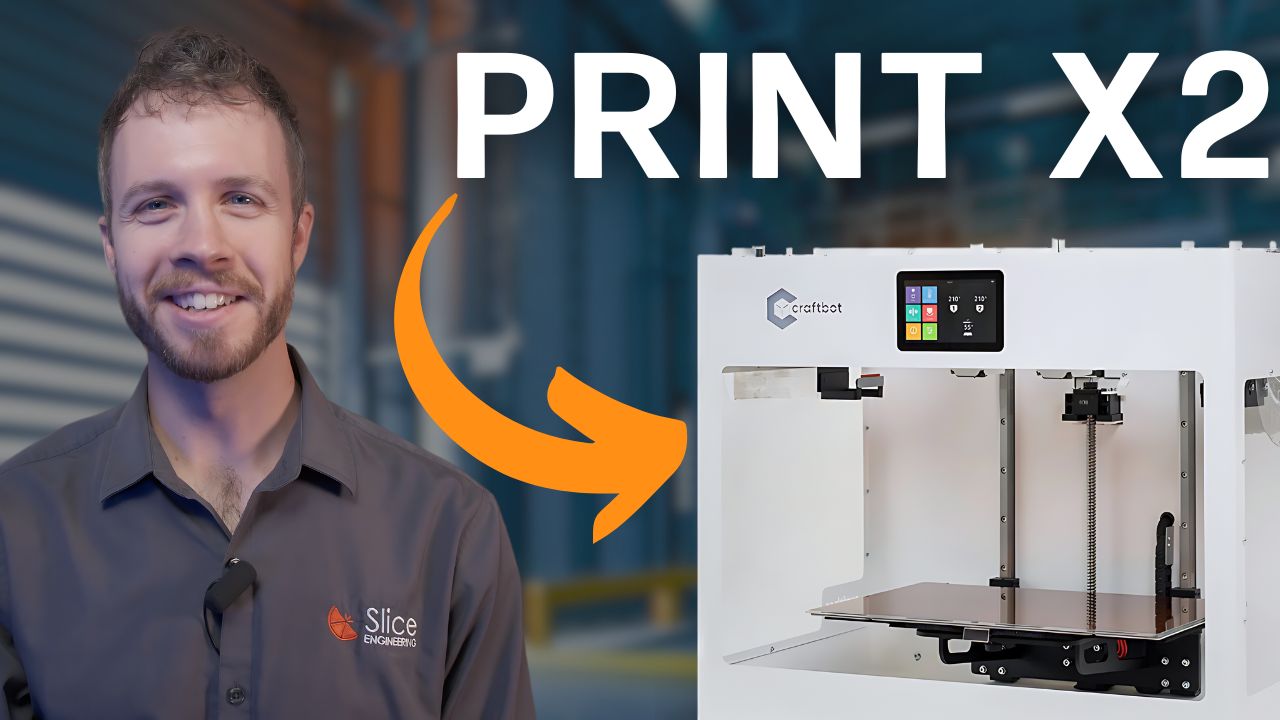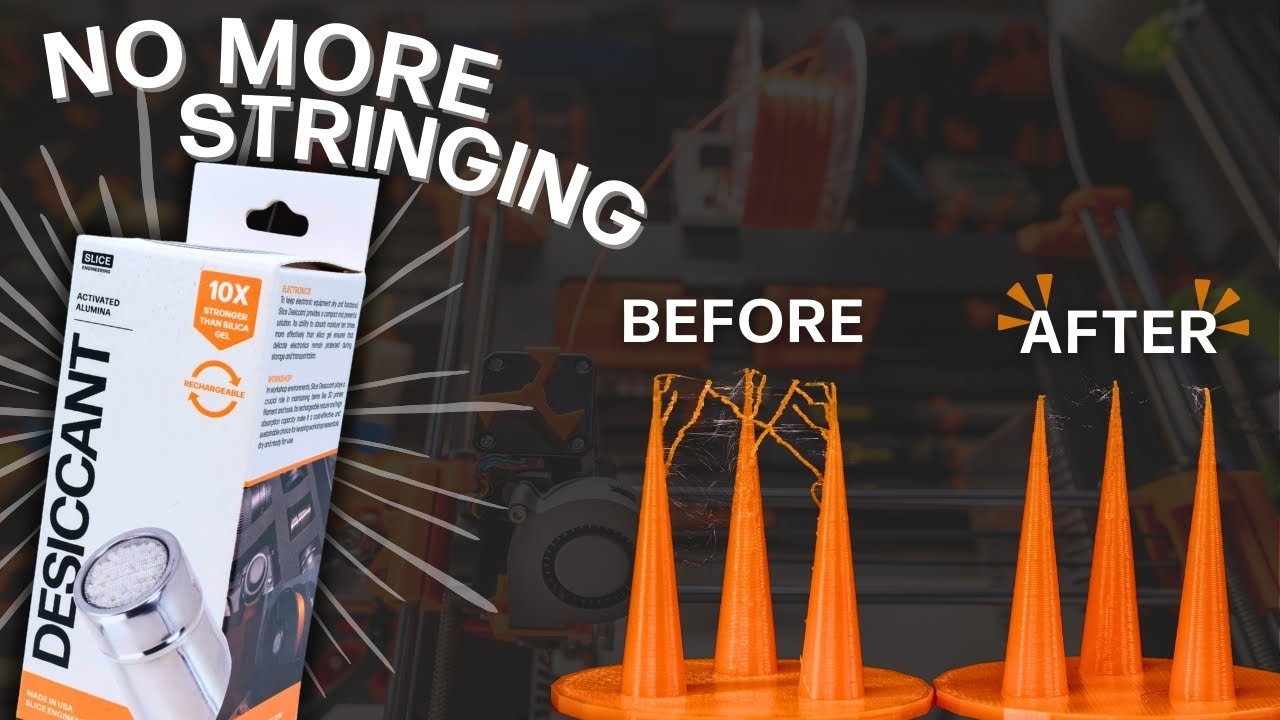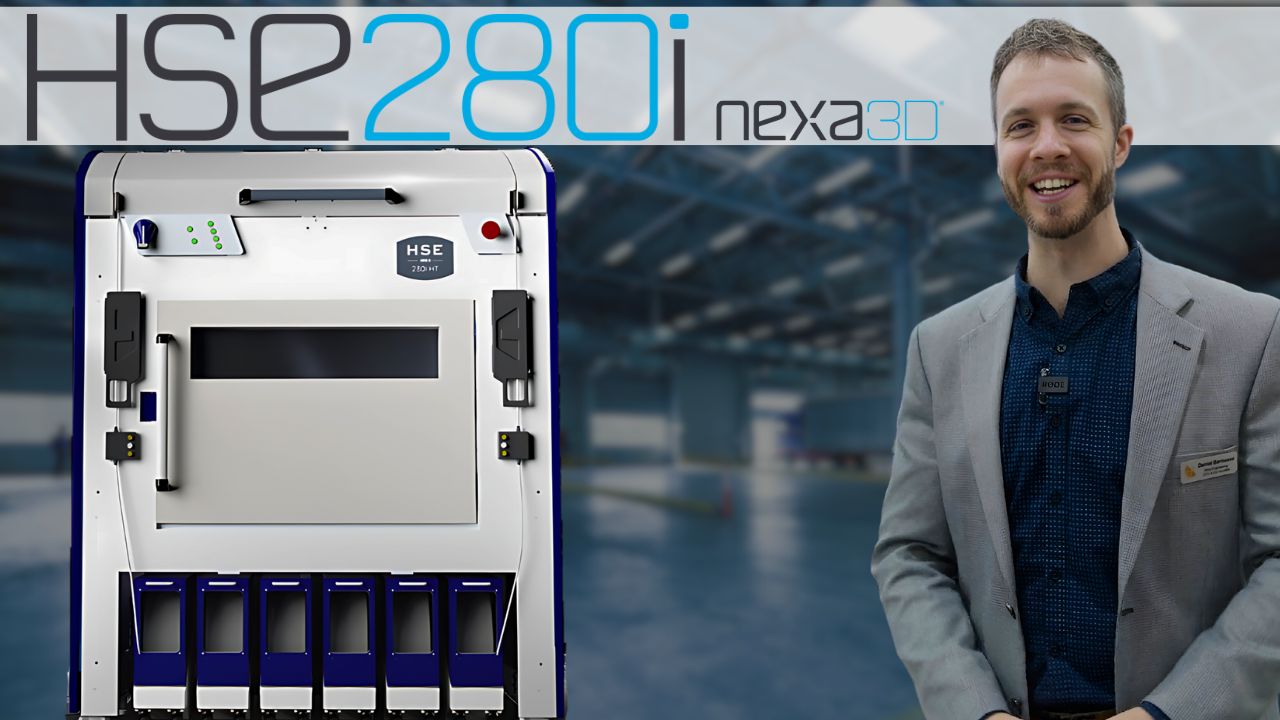Why Does Product Development Take So Long?
If you've never done product development, it might seem ridiculous that it takes, 1 to 3 years to bring a product to market. It may seem crazy. And if you have a product development background, one, two, or three years sounds normal, or maybe even a short timeline.
If you're building a car, for example, that product development timeline might be a decade from initial concept drawings to when the first units roll off the product floor of the production floor factory floor. And if you're developing a consumer product, sometimes stuff gets turned around quickly. But usually, there's a long development cycle. And so, we're going to talk about that a little bit today.
Focus
I love Steve Jobs and the ethos he built at Apple. I'm not alone in that. There are a lot of people there who are fans of the way they do product development. One of the things he's famous for is originally, he narrowed down the number of products they were trying to produce each year to 1 to 2 products, and that was it. And this is when they were a multi-billion-dollar company.
And that seems insane, especially when you compare what Apple was doing at the time to what IBM or Microsoft were doing at the time. Companies that were similar in size and scope but had a massive number of products rolling out in any given year, and Apple only had 1 or 2. This is when Steve Jobs came back after he'd been kicked out of his own company that he'd started and he re-engineered the company based on the lessons he learned at NeXT Computer and Pixar.
The question is: why? If you look at that time, the products Apple was coming out with were incredibly innovative, things like the iPhone, and the iPod, things that broke the expectation of what was possible for consumer technology at the time. It was completely different from the products IBM and Microsoft were coming out with.
And a big reason for that, I'm convinced, is the fact that Apple was super focused. They were focused on having these one to two big goals that they were going to hit and everything else they were going to say no to.
And that's something that at Slice Engineering we've tried to do.
Focus is always a struggle but finding a way to narrow it down to having these are big things that we're going to do this year, everything else is something that's not as important. And we're going to say no to it. So, if you look at our history over the last few years, you'll notice that that's the pattern. We come out with 1 to 2 products a year.
Development Timeline
So, if we look at our timeline, we've come out with different products every year since the original Mosquito®. Our Mosquito Magnum hotend is essentially a slightly higher flow version of the Mosquito.
In 2019, we came out with our Vanadium™ nozzles, which is an abrasion-resistant, hardened steel nozzle. Which was groundbreaking at the time, just like the Mosquito and the Mosquito Magnum, were groundbreaking in 2018.
In 2020 we came out with the Bridgemaster® Nozzle and Copperhead® Hotend. Interestingly, while we were working on BridgeMaster, what we were trying to develop is something that ended up coming out in 2023.
In 2021, we came out with the Mosquito Magnum+® hotend, which broke a bunch of records for volumetric flow rate (or print speed). At the time, everybody that was running a speed benchy from the speed benchy competitions in 2021 was using a Mosquito Magnum+. That was exciting.
In 2022, we were supposed to come out with our GammaMaster® Nozzles, but that ended up slipping to 2023. In product development, sometimes things just take forever to figure out how to do correctly. So GammaMaster ended up being a 2023 release.
And so was our Mosquito® Prime™ hotend and it started all the way back in 2019 with Mosquito Magnum+. However the level of difficulty of developing the product and releasing it in a way that met our expectations and was able to make a significant impact on the market, it took us years to figure out how to do it correctly.
So, part of this whole thing is we are committed to doing things with excellence and building products that have a significant level of quality and craftsmanship.
Design of Experiments
Most of the years in between product launches are all testing. We first come up with an initial concept, something on a whiteboard that we sketch out or dream up, and then that needs to be tested empirically using the scientific method. And we will build what's called a D.O.E, a design of experiments.
The D.O.E is essentially when you've got all your test variables and test conditions, and you run different tests and different test conditions to see what the results are. You then ask yourself: what can I do to adjust this test or to adjust the design in such a way that you get the outcome you want at the end?
The end outcome is to create a product that creates value-added innovation and brings that to the market. So, the design of experiments takes time to build. They take time to execute. I would say 80% of the product development is just testing, running different types of tests, developing the test over and repeatedly, and changing little variables here and there to try and optimize the design. Of course, there's research involved as well. We read a lot of papers.
We're located near the University of Florida and work with several different university partners and collaborate with them on research to try and push something that's bringing real value-added innovation in the market, which is one of our core values.
Diverse Applications
The other part of this is if we just wanted to produce a consumer product, it's probably a little bit less development time and less testing and QA that needs to go into it. But because we serve a consumer market and we also serve an industrial market, we need to make sure the products we come out with align with the requirements for both.
So, when we are coming up with a new design, we need to think about, okay, some of our customers are going to use this to print medical grade PEEK, polyetheretherketone, which is a polymer that's used for high-performance applications. And then some of our customers are printing PLA, and they might be making toys or a fixture for their garage or something.
And so, there's a significant difference in requirements. But because we're serving this PEEK printing market as well, we need to make sure our products have the engineering specifications that can push that performance envelope while also accommodating this, you know, more maker style, and performance envelope.
The other thing we consider here is going back to the engineering specifications. We're focused on the long-term effect of the product we're creating, and how we make sure what we're creating today is still useful five years from now. Being installed on an industrial machine as opposed to looking at, all right, what is the trend, what's what is trending on Twitter right now, what's trending on Discord? What is the latest thing that everybody's excited about? That's not what we want to look at.
We want to look at what is lasting, something that is going to provide a sustainable business model in a way we can provide sustainable support to customers that have a five, ten, or fifteen-year time horizon as opposed to just caring about the build they're working on at this very moment.
So that kind of future-forward thinking, what does it look like, not just in 2024, when we come out with some new products I'm excited about, we should have two products launched this year, going along with that trend I talked about of 1 to 2 products a year. How is this in 2034, what does the market look like? It is very hard to predict ten years from now. It's hard to predict tomorrow, much less ten years. But how do we develop products and build products that if somebody is still running them ten years from now, is still providing a good level of performance and providing a good user experience that isn't reliant on something that's going to fail quickly?
So, futureproofing, developing things that are designed with the long term in mind. A machine tool is expected, in the CNC industry is expected to last for 10,000 hours, and 5,000 hours, expected to last for many years. 3D printing should be the same way. That's where professional industrial machines are focused.
The industry in general is not there yet, but that's the goal. And that's what we're building towards, how do we build a product that is going to survive and work with your business for the next five, ten years, 5,000, 10,000 hours?
How do we achieve that type of reliability you see in a CNC machine tool on a 3D printer? As an industry, again, we're not quite there yet, but that's what we're working towards. And we at Slice Engineering are certainly pushing the envelope on making sure that that happens in that trend is moving in the right direction.
Iteration
Another thing about product design is it's iterative, the testing we talked about with the design of experiments. It's an iterative process.
So, you have tests, and you get a result that just leads you back to another test. And you do this cycle over and repeatedly. You know, maybe it's ten times, maybe it's 100 times before you break out of that cycle and you say, okay, that most recent result leads me to a conclusion that informs the final product.
While you're going through this iterative process, you're optimizing the design, you're recording your findings, and you are taking the learnings from that. And a lot of times those apply to future product development.
I mentioned Mosquito Magnum+ and Mosquito Prime were concepts developed at the same time. And so, what we found was we were able to get Mosquito Magnum+ launched in 2021, but we still had to do more of this iterative testing for Mosquito Prime. That took an additional two years of changes to the design, changes to our test procedures, learning about materials, and developing expertise internally and externally as well to come up with a product we felt comfortable releasing and an iterative process,
The learnings we took from these two are helping to inform the future product design we have right now for products are in the pipeline at the moment, some are even planned to be released in 2024, and beyond.
So, we are excited about what's to come in our product development pipeline. We think you guys will be excited to see it too. And the iterative nature of product development just can't be overstated. It's made an educated guess, test your hypothesis, get the result from that test, and apply the results to the new hypothesis. Iterate. And that does take time. But the time is well invested because it creates a better final product we can be proud of, we can be proud to own, and we can run for years. And is worth investing in.
Volume vs. Quality
Typically, but not always, you see a trend where the volume increases, and quality is going to go down. This is where you've got, you know, a handmade Koenigsegg. This. is when you buy the product, you get the CEO's phone number and you can call him and say, hey, there's something wrong with my car and it will fly another one out for you. And then you have Temu, high volume, but not the highest quality products. Right. But you know what you're getting into. So typically, that's how that curve works. There's somewhere in that curve where you get an optimum value for the product, and we try to strike that balance.
I'm sure there's plenty of commentary on one way or the other of whether we struck the right balance or not, but that is our goal. Our goal is how do we strike value right for the end-use customer who is printing flexible dragons on their Ender-3 and for the medical device company that is going to print something that's going to be implanted into the human body. Both are important because they have value for the person that's doing it. It's their creation. We want to encourage the creative process and be a catalyst for that as much as possible while striking this balance of where we are on this value line of cost, quality, and volume.
Recent Posts





